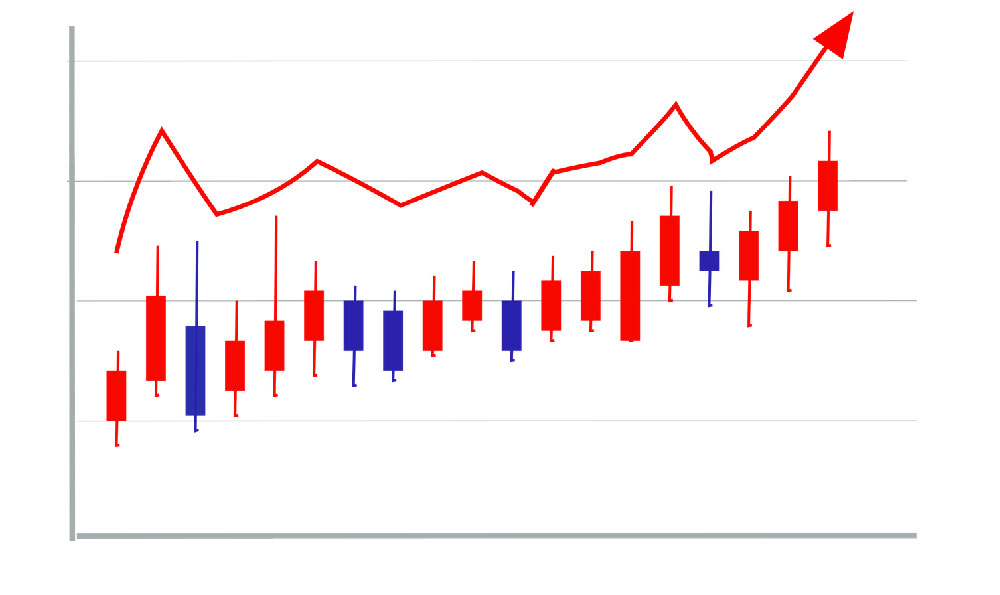Earning money in crypto requires a blend of strategy, patience, and a deep understanding of market dynamics. Unlike traditional financial markets, cryptocurrency trading operates in a high-volatility environment where innovation and speculation coexist. This makes it both lucrative and perilous, demanding a meticulous approach to ensure sustained growth while mitigating risks. The key to success lies not in chasing rapid gains but in cultivating a disciplined mindset and leveraging tools that align with long-term objectives.
One of the most effective methods for generating returns is to analyze market trends through technical indicators. Tools like moving average lines, relative strength index (RSI), and the moving average convergence divergence (MACD) provide insights into price movements and potential turning points. For instance, the RSI, which measures overbought or oversold conditions, can signal when an asset might be due for a correction. A trader might use this to identify entry points during dips or exits before a potential peak. However, these indicators should not be viewed in isolation. They are most powerful when combined with broader market context, such as the overall sentiment of the crypto ecosystem or macroeconomic factors influencing investor behavior. For example, during periods of economic uncertainty, Bitcoin often acts as a safe-haven asset, while altcoins may experience more dramatic fluctuations based on project-specific events.
Fundamental analysis offers another layer of understanding, particularly for long-term investors. Evaluating a cryptocurrency’s underlying technology, team credibility, and real-world applications can uncover assets with intrinsic value. A project with a robust whitepaper, active development, and tangible use cases—such as blockchain-based supply chain solutions or decentralized finance (DeFi) protocols—tends to attract sustained interest. When assessing fundamentals, it is crucial to scrutinize the team’s track record, the project’s roadmap, and its ability to adapt to regulatory changes. The collapse of certain Initial Coin Offerings (ICOs) in the past serves as a cautionary tale: lack of transparency or misalignment between promises and execution can erode investor confidence rapidly. Engaging with community discussions and reviewing third-party audits can also provide deeper clarity on a project’s viability.

Risk management is the cornerstone of any successful crypto strategy. Even the most promising investments can lead to significant losses without proper precautions. A fundamental principle is to never allocate more than 5-10% of one’s portfolio to a single asset, given the unpredictable nature of the market. Diversification across different sectors, such as DeFi, NFTs, or blockchain infrastructure, can help balance risk and reward. Additionally, setting clear stop-loss orders based on technical levels or fundamental milestones ensures that losses are limited to predetermined thresholds. For example, a trader might set a stop-loss at 15% below the entry price for a volatile altcoin, allowing them to exit automatically if the asset underperforms. It is also essential to monitor news cycles and regulatory updates, as announcements from governments or major exchanges can trigger sharp price swings. Staying informed about potential bans, tax changes, or technological advancements helps in anticipating market reactions and adjusting strategies accordingly.
Another dimension of profitable crypto engagement is capital allocation. The concept of compounding returns is particularly potent in this space, where even small percentages can grow exponentially over time. Investors should prioritize consistency over sudden bursts of activity, reinvesting profits to amplify future gains. For example, a long-term holder who buys and holds Bitcoin during its bull runs while periodically adding to their position through dollar-cost averaging (DCA) can benefit from the asset’s historical appreciation. However, it is important to avoid over-leveraging, which can magnify losses during market downturns. Using margin or derivatives for speculative purposes often leads to catastrophic outcomes, especially when liquidity dries up during crises like the 2022 market crash.
Identifying high-potential projects involves a combination of research and intuition. Staying updated on innovation is critical, as new protocols or technological breakthroughs can disrupt existing markets. For example, the emergence of Layer 2 solutions like Lightning Network or the popularization of cross-chain bridges has created opportunities for investors. However, not all innovations are equal. Projects with strong community support, proven track records, and clear use cases are more likely to succeed than those with vague promises. Investors should also be wary of hype-driven cycles, such as the meme coin phenomenon, which often leads to short-lived gains and significant volatility.
The psychology of trading plays an underrated role in crypto profitability. Emotional discipline is necessary to avoid impulsive decisions fueled by fear or greed. A well-structured trading plan—detailing entry, exit, and risk parameters—can serve as a safeguard against erratic behavior. For instance, adhering to a strict rule of only investing in assets with a minimum market capitalization of $1 billion reduces the likelihood of participating in small-cap scams. Mental resilience is equally important; market corrections are inevitable, but they can be viewed as opportunities to rebalance portfolios rather than as losses.
Ultimately, the path to profits in crypto is not a one-size-fits-all solution. It requires continuous learning, adaptability, and a focus on both short-term tactics and long-term vision. By integrating technical analysis, fundamental evaluation, and disciplined risk management, investors can navigate the complexities of this market. However, the most profitable strategies are those that balance innovation with caution, embracing the potential of blockchain technology while protecting against its inherent risks. The journey is not about quick riches but about building a sustainable approach that aligns with personal financial goals and market realities.












